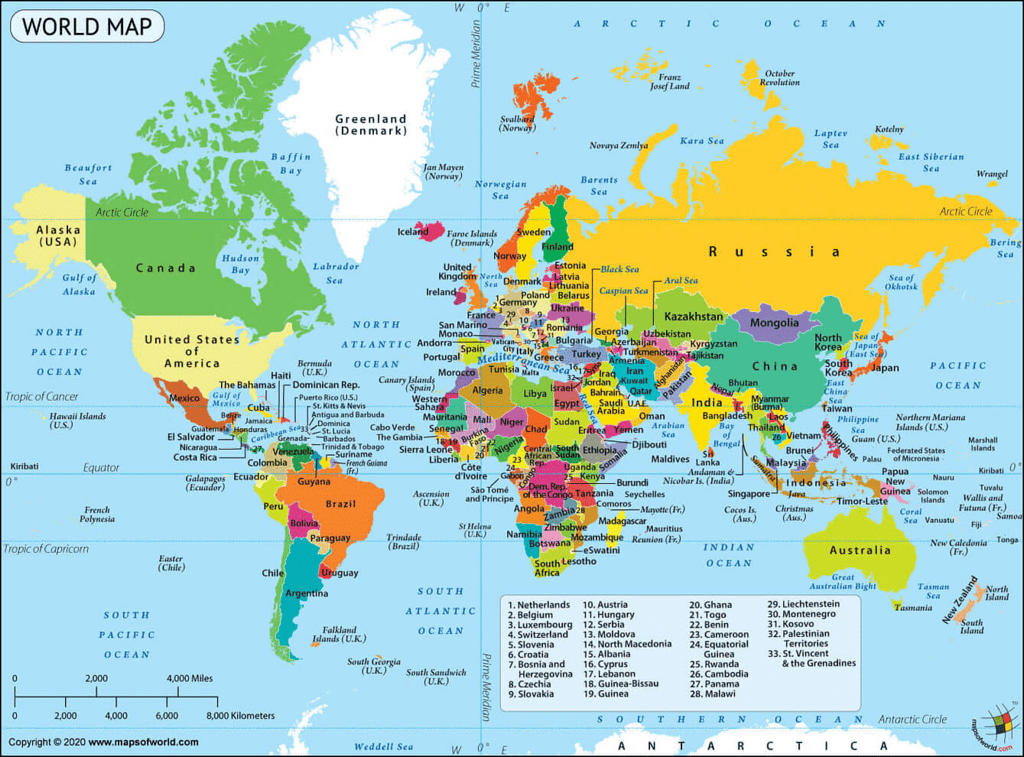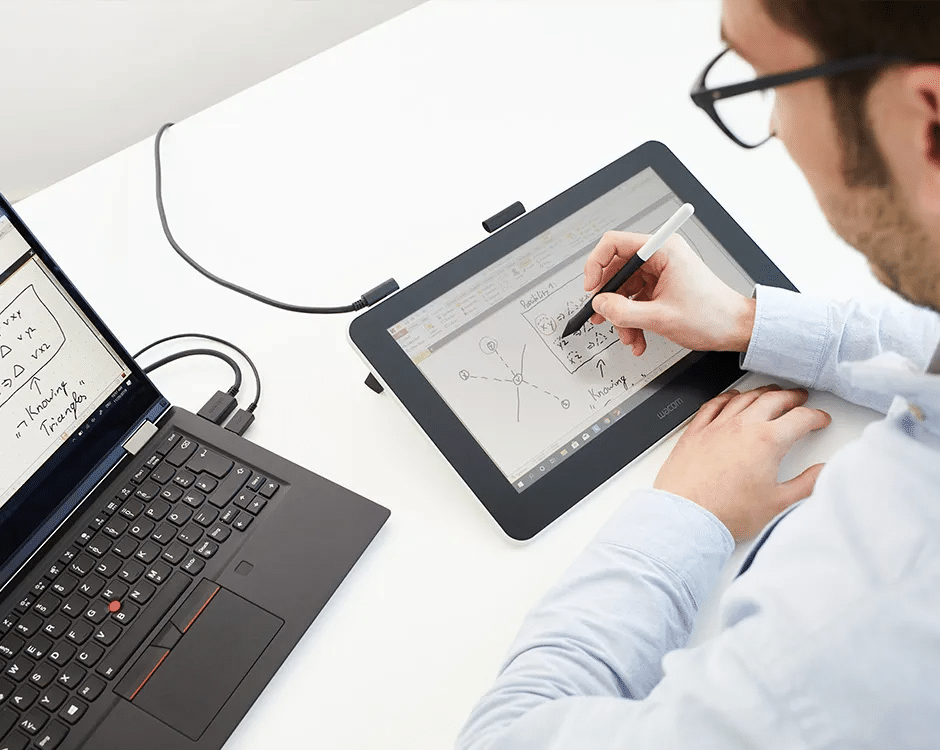Notes: Teaching Aids | Teaching Aptitude for Teaching Exam - B.Ed Entrance PDF Download
| Table of contents |

|
| Teaching Aids |

|
| 1. Visual Aids |

|
| 2. Audio Aids |

|
| 3. Audio-Visual Aids |

|
| Teaching Aids |

|
Teaching Aids
Support materials play a crucial role in influencing the teaching and learning process.

These materials encompass textbooks, institutional magazines, journals, and periodicals. The selection of effective support materials is vital for the successful transmission of knowledge to learners. Teaching aids, which consist of various tools and devices, assist teachers in facilitating the teaching-learning process. These aids can be categorized into three primary types: visual aids, audio aids, and audio-visual aids.
Categories of Teaching Aids
1. Visual Aids
Visual aids are traditional teaching tools that rely on the sense of sight. Here are different types of visual aids along with examples:
i. Blackboard:
- Description: The blackboard is an essential tool for teachers, providing a visual medium to present information and support various learning methods.

- Example: In a mathematics class, a teacher can use the blackboard to solve equations step-by-step, clarifying the problem-solving process for all students.
- Description: The blackboard is an essential tool for teachers, providing a visual medium to present information and support various learning methods.
ii. Bulletin Board:
- Description:. bulletin board is used to display public messages, including advertisements and classroom information.
- Example:. classroom bulletin board may showcase upcoming school events, students' artwork, or important announcements regarding assignments and exams.
iii. Real Objects:
- Description: Incorporating real objects provides students with hands-on experiences, especially when combined with appropriate teaching strategies.
- Example: In a science class, a teacher might bring in different types of rocks and minerals for students to examine and classify, enhancing their understanding of geology.
iv. Newspapers:
- Description: Newspapers can be utilized to teach parts of speech, life skills, and current events, keeping students engaged and informed.

- Example: An English teacher might use newspaper articles to demonstrate various writing styles and journalistic techniques, as well as to initiate discussions about current events.
- Description: Newspapers can be utilized to teach parts of speech, life skills, and current events, keeping students engaged and informed.
v. Graphs:
- Description: Graphs are useful in any subject for comparing data, such as population growth or student progress.
- Example: In a history class, a teacher could use a graph to illustrate changes in population over time, helping students visualize demographic trends.
vi. Maps:
- Description: Maps are excellent tools for subjects like social studies and science, aiding students in understanding geographical locations and spatial relationships.

- Example: A geography teacher might use a world map to teach students about different countries and their locations, enhancing their understanding of global geography.
- Description: Maps are excellent tools for subjects like social studies and science, aiding students in understanding geographical locations and spatial relationships.
vii. Charts:
- Description: Charts are visual tools that summarise information and present abstract concepts clearly, making subjects more engaging and easier to comprehend.
- Example: In a biology class, a chart illustrating the life cycle of a frog can help students understand the stages of development in an organized manner.
viii. Magnetic Board:
- Description: A board with a magnetic surface that allows for easy movement of objects and images, enhancing interactive learning.
- Example: A teacher might use a magnetic board to display movable parts of the human body, which students can arrange and label correctly.
ix. Three-Dimensional Models:
- Description: Represent real objects in three dimensions (height, width, and depth), aiding in better understanding and are durable and cost-effective.
- Example: In an anatomy class, a three-dimensional model of the human heart can help students understand its structure and function more clearly.
x. PowerPoint Presentations:
- Description: Computer programs that combine text, graphics, and content to create professional presentations, used widely in educational settings.
- Example: A history teacher might use a PowerPoint presentation to show images and videos related to World War II, providing a multimedia approach to learning about the past.
2. Audio Aids
Audio aids involve the sense of hearing and include modern teaching tools. Here are some types with examples:
i. Radio:
- Description: The radio serves as a source of authentic audio materials that can be utilized in the classroom, making it a valuable resource across different subjects.
- Example: For instance, an English teacher might play a radio broadcast of a famous speech to help students understand the impact of spoken language and the art of rhetoric.
ii. Tape Recorder:
- Description: Tape recorders are useful for recording and presenting content tailored to the specific needs of students, proving especially beneficial in special education settings.
- Example: For example, a language teacher could record vocabulary lists and dialogues for students to listen to and practice their pronunciation.
iii. Gramophone:
- Description: Helps in correcting spoken language and pronunciation.
 Gramophone
Gramophone - Example: In a music class, a teacher might use a gramophone to play classical music pieces, helping students appreciate different musical styles and techniques.
- Description: Helps in correcting spoken language and pronunciation.
iv. Digital Audio Player:
- Description: Digital audio players store, organize, and play audio files, enabling students to listen to recorded lessons repeatedly for improved understanding.
- Example: For instance, an iPod loaded with educational podcasts can be utilized by students to review lessons and enhance their listening skills in a foreign language class.
3. Audio-Visual Aids
Audio-visual aids are effective tools that engage both hearing and sight, often utilizing Information and Communication Technology (ICT). These aids enhance the learning experience by providing information in a dynamic and interactive manner. Here are some types of audio-visual aids along with their descriptions and examples:
i. Television:
- Description: Television serves as a powerful medium to deliver information, ideas, skills, and attitudes, thereby improving the quality of education and offering opportunities for mass education.
 Television
Television - Example: For instance, a science teacher might utilize educational TV programs to showcase experiments and natural phenomena that are challenging to replicate within the confines of a classroom.
- Description: Television serves as a powerful medium to deliver information, ideas, skills, and attitudes, thereby improving the quality of education and offering opportunities for mass education.
ii. Computer:
- Description: Computers are electronic devices that facilitate internet access for research, creation, and task completion, making them integral to modern teaching practices.
- Example: In a computer science class, students might engage with software to learn coding and develop their own projects, offering practical and hands-on learning experiences.
iii. Film Strips and Films:
- Description: Film strips and films provide systematic and detailed information on a variety of topics, presenting knowledge in a clear and structured manner.
- Example: For instance, a history teacher might present a documentary film on the Civil Rights Movement to help students understand the historical context and significance of the events depicted.
iv. Multimedia:
- Description: Multimedia resources assist students in meeting academic requirements and developing language skills through interactive texts and materials.
- Example: In an English class, for example, multimedia tools such as interactive e-books and online exercises can aid students in enhancing their reading and comprehension skills.
v. Pen Tab:
- Description: A digital drawing tablet that allows for hand-drawing images and animations, useful in displaying written content during lessons, creating an interactive classroom experience.
 Pen Tab
Pen Tab - Example: For instance, a math teacher might employ a pen tab to solve equations in real-time during an online session, facilitating better understanding and engagement among students.
- Description: A digital drawing tablet that allows for hand-drawing images and animations, useful in displaying written content during lessons, creating an interactive classroom experience.
Teaching Aids
 Interactive Teaching Aids
Interactive Teaching Aids
Utilizing these teaching aids can significantly improve the teaching and learning experience, making it more engaging, interactive, and effective for students.
Advantages of Teaching Aids
- Increases student engagement.
- Fosters interaction among students.
- Boosts the effectiveness of lessons.
- Accommodates various learning styles.
|
29 videos|45 docs|11 tests
|
FAQs on Notes: Teaching Aids - Teaching Aptitude for Teaching Exam - B.Ed Entrance
| 1. What are the three categories of teaching aids? |  |
| 2. How can visual aids be used in teaching? |  |
| 3. What are examples of audio aids in teaching? |  |
| 4. How do audio-visual aids benefit students in the learning process? |  |
| 5. Why are teaching aids important in the classroom? |  |















